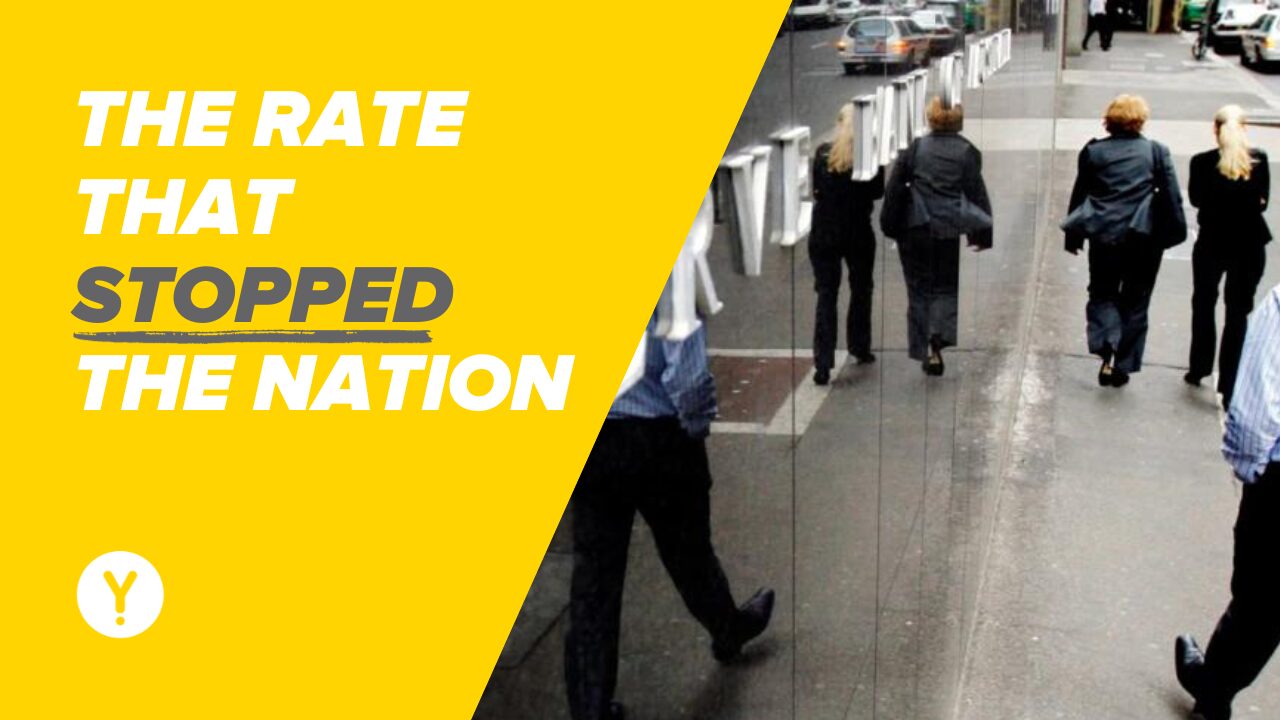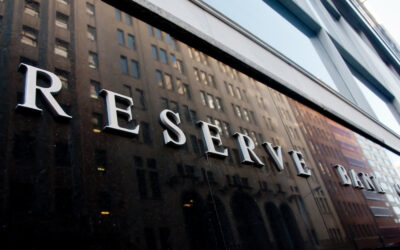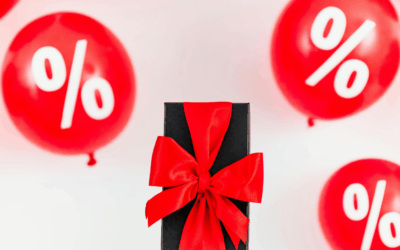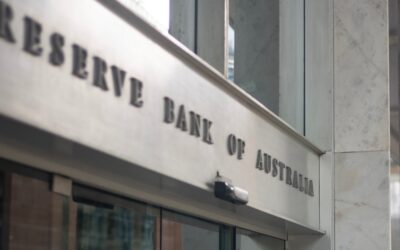In this article:

In a first for new RBA Governor Michelle Bullock, the RBA has decided to return to interest rate hikes, after four consecutive months of a steady cash rate.
Just before the race that stops the nation, the RBA decided to deliver an increase of 0.25% to the official cash rate, leaving it at 4.35% for November.
The rate hike was expected by almost all corners of the Australian market, with all four major banks predicting a hike, as well as a survey of 39 leading economists by Reuters revealing almost 90% of the economists in favour of a rate hike this month.
The big question on the minds of a majority of Australians today will be: why?
The RBA’s Rationale
The RBA Governor said in her statement following the decision that whilst “Inflation in Australia has passed its peak” it is “still too high and is proving more persistent than expected a few months ago.”
“While the central forecast is for CPI inflation to continue to decline, progress looks to be slower than earlier expected… The Board judged an increase in interest rates was warranted today to be more assured that inflation would return to target in a reasonable timeframe.”
Bullock continued the rhetoric of her predecessor, affirming the RBA’s commitment to return inflation to the target range: “Returning inflation to target within a reasonable timeframe remains the Board’s priority. High inflation makes life difficult for everyone and damages the functioning of the economy. It erodes the value of savings, hurts household budgets, makes it harder for businesses to plan and invest, and worsens income inequality. And if high inflation were to become entrenched in people’s expectations, it would be much more costly to reduce later, involving even higher interest rates and a larger rise in unemployment.”
Implications for Mortgage Holders
With this latest increase from 4.10% to 4.35%, a typical home loan rate would increase from 6.25% to 6.50%. Based on a 30-year loan term, this is an increase of $16.35 per $100,000 of borrowings. For eg:
- Monthly repayment increase on a $400,000 loan = $65.40
- Monthly repayment increase on a $600,000 loan = $98.10
- Monthly repayment increase on a $800,000 loan = $130.80
The Fixed-Rate Mortgage Cliff still looms for hundreds of thousands of borrowers
The fixed-rate mortgage cliff, in the context of the RBA’s recent cash rate increase, is becoming a significant concern for many Australians. This is due to approximately a third of borrowers who are locked into low, COVID-era fixed rates, are approaching the end of the fixed-term. These borrowers, who had capitalised on the historically low interest rates during the pandemic, may face significant financial strain as they transition to a higher rate.
The numbers paint an extraordinary picture for this cohort of borrowers. Here’s an example (with some assumptions being made):
Jess settled her first loan in May 2022 for $600,000, on a 30 year term, at a 2.5% rate.
Her monthly repayments at the time would have been $2,370.73.
Assuming between then and now she has managed to pay off $20,000 towards the loan, and that her fixed rate is expiring, her new repayments would be calculated on the following:
In November 2023: the current balance is $580,000, with 28 years and 6 months remaining.
Her new rate would now be 6.75%!
Her monthly repayments would be $3,824.05!
That represents an increase of $1453 per month, or a 61.3% increase in repayment amount.
Disclaimer: The example is solely for illustrative purposes.
Property Prices Continue to Defy Logic
Despite the predicted rise in interest rates, Australia’s property market continues to defy logic. According to CoreLogic data, the average dwelling values to the end of October rose by 0.9%.
CoreLogic reported that the National Home Value Index (HVI), which tracks average dwelling values across the country, “has increased 7.6% (since January), leaving the index only half a per cent below the historic high recorded in April last year.”
Mark Bouris and Stephen Koukoulas discussed the extraordinary resilience of the property market on their monthly economic update, with Koukoulas highlighting that “all of the losses” that property values incurred in 2022, “have effectively been regained, particularly in places like Adelaide & Perth have hit record highs.”
“Sydney has now recovered almost all of its losses. Melbourne is a little bit weaker, Brisbane is a little bit weaker.”
Much of the upward pressure on house prices has been attributed to an increase in migration and a lack of supply of housing in and around major capital cities. However, the “perverse” issue, according to Bouris and Koukoulas, is that “lower interest rates would help property developers to put the shovel in the ground and start building the much-needed property, thus adding to the supply available for rental or for purchases,” said Koukoulas.
“Which takes some pressure off inflation, because you have to put a roof over your head,” said Bouris.
Looking Ahead
The RBA’s decision to hike interest rates is expected to have a significant impact on the Australian economy. This current increase may signal the start of another round of hikes as inflationary pressures continue to linger.
As for December’s board meeting, it’s poised to be a nervous month until the next RBA board meeting, with Bouris stating that “rarely do they raise the cash rate in December”, heading into the holiday season. However, with no meeting of the RBA in January and an uncertain calendar of when the RBA will next meet (due to a changed meeting schedule that has yet to be confirmed), the RBA may decide to hike rates in December before taking a break until February.
As always, it’s essential to keep an eye on the market and make informed decisions in regards to your home loan, whether you’re looking to buy or refinance. Interest rates are crucial for both homeowners and investors alike, so stay updated and knowledgeable as we continue to navigate through these dynamic financial times.
For existing mortgage holders, this means budgeting for increased repayments and possibly exploring options such as refinancing to a lower rate. For those looking to enter the property market, it may be wise to act sooner rather than later, as rising interest rates could lead to higher prices in an already competitive market.



